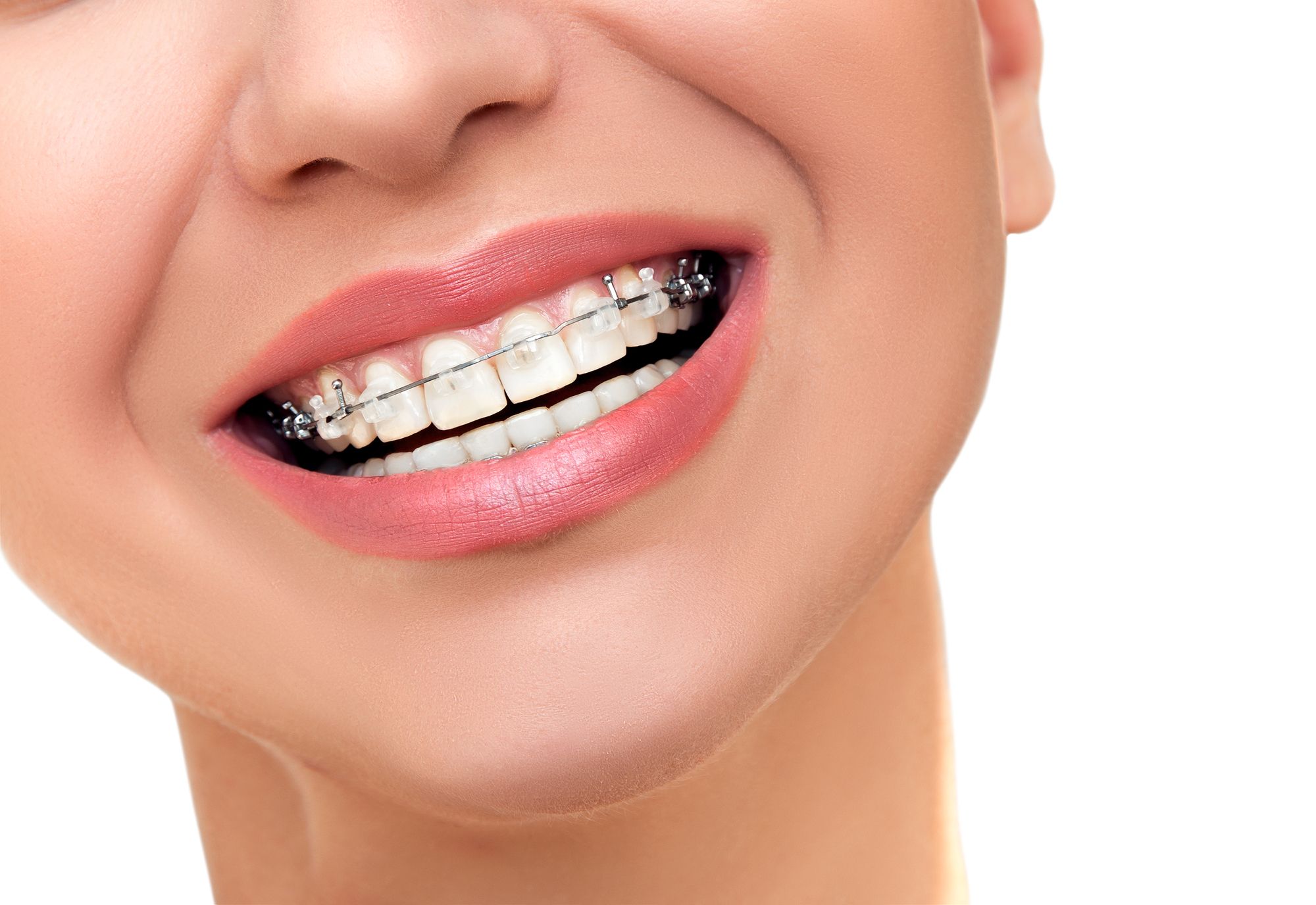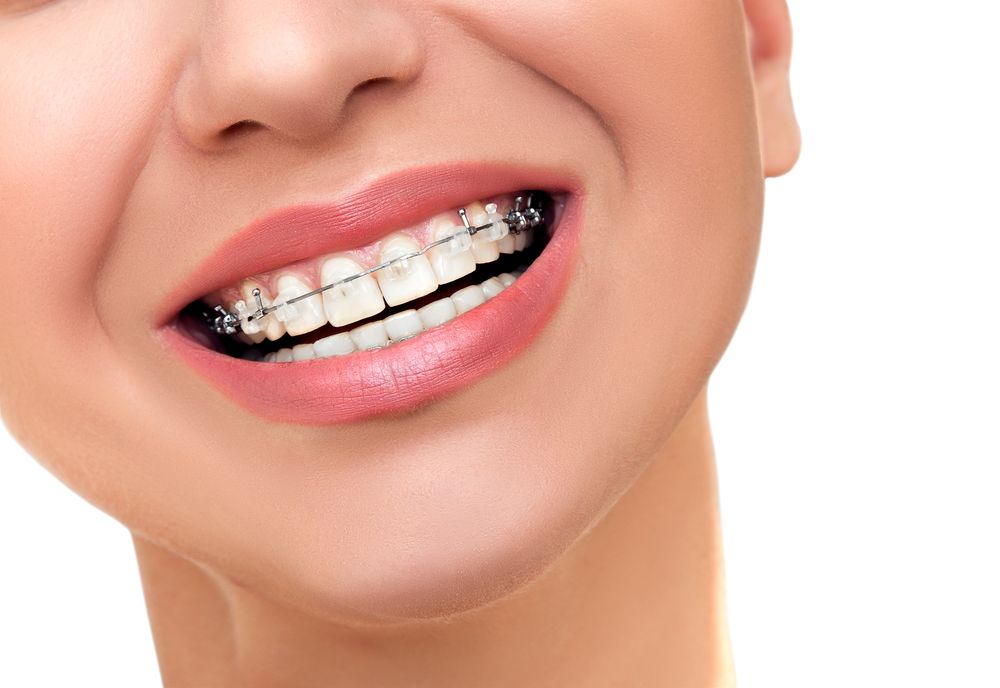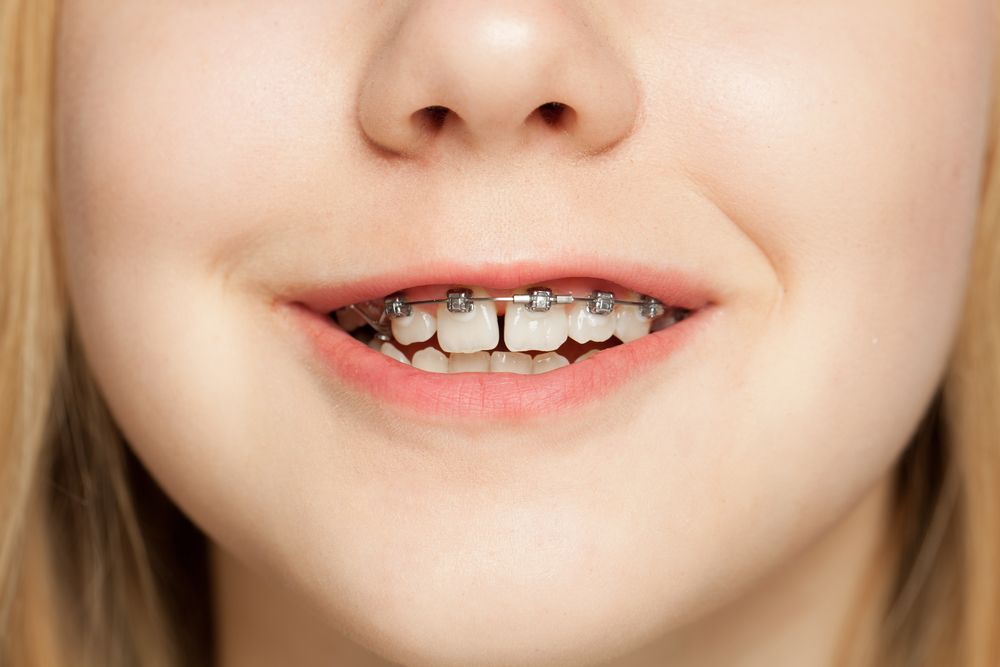Tomball Orthodontist Answers Common Questions About Clear Braces
Embarking on a journey to straighten your teeth is an exciting decision, and with advancements in orthodontic technology, clear braces have become a popular choice for many, and for good reason! Patients can experience all of the benefits of traditional braces without the bulky-metal-bracket look.
In this blog post, our Tomball, TX, orthodontist, Dr. Wint Tun unravels the mysteries surrounding clear bracket braces by addressing some of the most common questions people ask.
What Are Clear Bracket Braces?
Clear braces, also known as ceramic braces, are orthodontic appliances designed to straighten teeth. They share the same fundamental concept as traditional metal braces but are made from a clear or tooth-colored ceramic material, making them less conspicuous. This aesthetic advantage makes clear bracket braces a popular choice for individuals who want to achieve a straighter smile without the noticeable appearance of traditional metal braces.
How Do Clear Braces Work?
The mechanism of clear bracket braces is similar to that of metal braces. Each tooth has a bracket bonded to its surface, and a wire runs through these brackets. Over time, the tension in the wire gently guides the teeth into their desired positions. While the fundamental process remains the same, the use of clear or tooth-colored materials makes the braces less noticeable.
Are Clear Bracket Braces Suitable for Everyone?
Clear bracket braces are a versatile option for individuals of all ages. They are particularly popular among adults and teenagers who desire a more discreet orthodontic solution. However, the suitability of clear bracket braces depends on the severity of the orthodontic issues. Your orthodontist will assess your specific case and recommend the most suitable treatment plan for you.
Do Clear Bracket Braces Stain?
One common concern with clear bracket braces is the potential for staining. While the brackets themselves are resistant to staining, the ligatures (small bands that hold the wire to the brackets) can absorb color from certain foods and beverages. To minimize the risk of staining, it’s advisable to avoid or limit the consumption of foods and drinks known to cause discoloration, such as coffee, tea, red wine, and dark berries.
How Do I Care for Clear Bracket Braces?
Proper care is essential to ensure the effectiveness of clear bracket braces and maintain good oral hygiene throughout the treatment. Regular brushing and flossing are crucial to prevent plaque buildup around the brackets and wires. Orthodontic-friendly tools like interdental brushes and floss threaders can help clean hard-to-reach areas. Your orthodontist will provide guidance on the best practices for maintaining oral hygiene with clear bracket braces.
Are Clear Bracket Braces More Uncomfortable than Metal Braces?
The discomfort associated with clear bracket braces is comparable to that of metal braces. Initially, you may experience some soreness or discomfort as your teeth adjust to the pressure applied by the braces. Over-the-counter pain relievers and orthodontic wax can help alleviate any discomfort. It’s important to communicate openly with your orthodontist about any concerns or discomfort you may experience during the treatment.
How Long Does the Treatment Take?
The duration of clear bracket braces treatment varies based on individual factors, such as the complexity of the orthodontic issues and how well patients adhere to the orthodontist’s recommendations. On average, clear bracket braces treatment can take anywhere from 18 to 24 months. Your orthodontist will provide a more accurate estimate after a thorough evaluation of your specific case.
Clear Braces in Tomball, TX
Choosing clear bracket braces is a step toward achieving a straighter smile with confidence. By addressing common questions and concerns, we hope to provide valuable insights into the world of clear bracket braces. If you’re considering orthodontic treatment, contact our friendly dental team today at 832-699-3683 today to determine the best option for your individual needs and embark on a journey to a more confident and beautiful smile.







